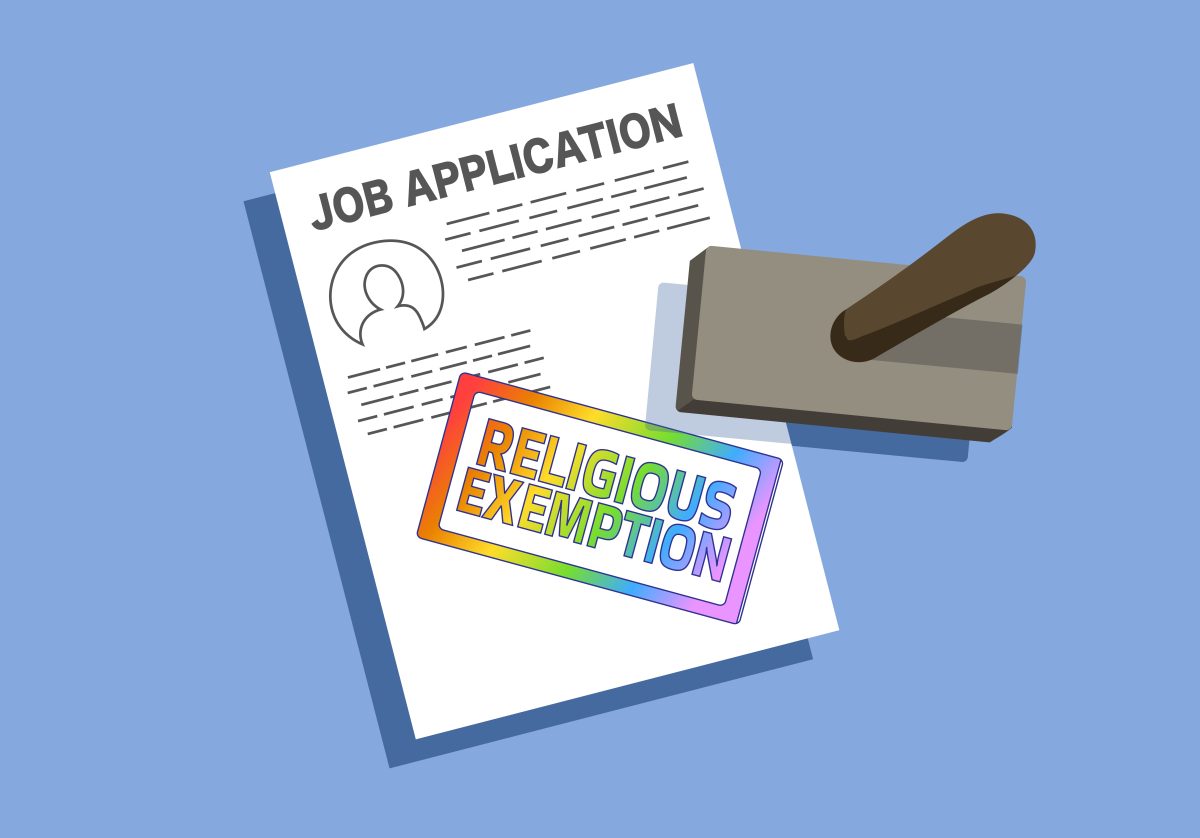Minneapolis activists, University of Minnesota students and Minnesota Department of Public Safety members seek to spread awareness and information about Minnesota’s murdered and missing Indigenous peoples.
Missing and Murdered Indigenous Relatives (MMIR) is a movement advocating for the end of violence against Native people and calls attention to the large number of missing and murdered Indigenous people, especially women and girls.
MMIR is often called Missing and Murder Indigenous People in other states.
The MMIR office, along with the Minnesota Indian Women’s Sexual Assault Coalition, held a march through East Phillips Park on Feb. 14 in honor of the Missing and Murdered Indigenous Day of Remembrance.
Ana Negrete, a community planner for the MMIR office, said the impact of MMIR on the Native community is difficult to understand when it does not personally impact you.
Within Minnesota’s Department of Public Safety, the MMIR office strives to support families of missing and murdered Native relatives, as well as spread awareness and education about their resources. They also help families communicate with law enforcement and investigators through the missing persons process.
Gov. Tim Walz signed the legislation into law to establish the MMIR office in 2021 after the Missing and Murdered Indigenous Women (MMIW) taskforce and Wilder Research Center sent a report to the Minnesota State Legislature detailing mandates to end violence against Native people.
Negrete said the office acts as a bridge between law enforcement and families to help facilitate communication. She added that she helps raise awareness and organizes community events for people to stay informed.
“We’re just kind of following the family’s needs,” Negrete said. “We work with law enforcement to make sure that they’re aware of what we’re doing and what we’re asking for.”
Amber Schindeldecker, the public information officer for the MMIR office, said when a person goes missing, the first step is contacting 911 because without an active case with law enforcement, the MMIR office cannot help.
“If they suspect that they might be in danger or trouble, it’s better to make the report,” Schindeldecker said. “You can cancel a missing person’s report.”
Negrete added making those difficult calls and getting in contact with law enforcement and the MMIR office is necessary to help missing friends and family.
“You can’t get the time back that’s spent looking for their loved ones,” Negrete added. “So make that call.”
According to Negrete, the MMIR office helps conduct missing person search parties, create flyers and run homicide investigations with law enforcement. Negrete said relying on the support of her teammates and her faith helps her cope with this line of work.
“What keeps us motivated is hearing the stories from the families,” Negrete said. “When you hear what they go through on a daily basis, that keeps you moving.”
“People don’t really understand the scope of what MMIR is and how much it affects families,” Negrete said. “Indigenous people make up 1.4% of the population in general and are 8%, last we checked, of the homicide rates for women, for Indigenous folks.”
Schindeldecker said it is important for people to understand that generations of these cases have received little to no attention and just by word of mouth, their stories and voices can be amplified. Schindeldecker said word of mouth was the most common way these cases were spread.
“I’m not Indigenous, so I think about it in terms of myself in that if I had a loved one go missing I would do everything in my power to make sure that the full extent of the resources and services are being utilized and offered to find them but with Indigenous people the systems weren’t built for them,” Schindeldecker said.
The office also released the MMIR license plate on Feb. 14 to help raise awareness and funds for the Gaagige-Mikwendaagoziwag reward fund. The fund offers an award for information on missing and murdered Indigenous people in Minnesota.
Gaagige-Mikwendaagoziwag means “They will be remembered forever” in Ojibwe. The tribe is a Native tribe originating around the Great Lakes area.
The creation of the MMIR is a sign of progress, according to Vice President of the Minnesota Indians Women’s Resource Center Marique Moss. She said the creation of the license plate will help people learn more about missing Indigenous people.
“I think that is a great idea. Everybody looks at license plates and so if one person can say, what is that? Google it and get that information, then that’s sort of a domino effect and they can tell this person and that person,” Moss said. “The whole point is we don’t want to be invisible. We want to be seen.”
The Minnesota Indians Women’s Resource Center is a nonprofit organization that provides social and mental health services for native women in Minneapolis. Moss said the community action by Indigenous people in Minnesota has helped increase the awareness of Indigenous issues.
“I’d say what pushes it for us is that we are that cultural corridor. There is so much Indigenous history tied to Minnesota. Education reform is being harmed right now,” Moss said. “You can’t talk about being African American or even say the word slavery. If you can’t say slavery or any of those words, you definitely cannot talk about missing and murdered Indigenous women.”
For Indigenous students at the University of Minnesota, MMIR is an important step in the right direction, according to Ava Grace, a second-year University student double majoring in journalism and the Dakota language. Grace said that the epidemic of missing and murdered Indigenous women is something she grew up with.
“It’s like that fear of becoming another statistic, another percent to that 15 percent of missing Native women in Minnesota. It’s always been an issue, not just in Minnesota, but across Canada and the U.S.,” Grace said.
RickyMae Littlest Feather, a native student on campus who went to the Feb. 14 march, said the march was a demonstration of the native community’s unity.
“It is such an empowering feeling that when Native people want to get something done, and we get together, we can get it done,” Littlest Feather said. “But it is also very sad because that means that all those people that are there have family members or themselves are victims and are a part of the MMIW movement in some way, shape or form.”
Both Grace and Littlest Feather said the license plate is a step in the right direction, but the University and local government could be doing more to help uplift native voices.
“[The University] does their little Dakota land acknowledgments at the beginning of all their speeches, but acknowledging it, I guess, doesn’t really do anything. It needs to have action as well,” Littlest Feather said.
For the future, Grace said she wants to help make the University safe for Indigenous students.
“I hope to educate more people and attend more events with my community,” Grace said. “Just to help the U of M grow as a safe place.”















Forest Clardy Jr.
Feb 29, 2024 at 2:20 pm
Ok Maya, Keep on Digging in to Stories That Affect Humanity!!